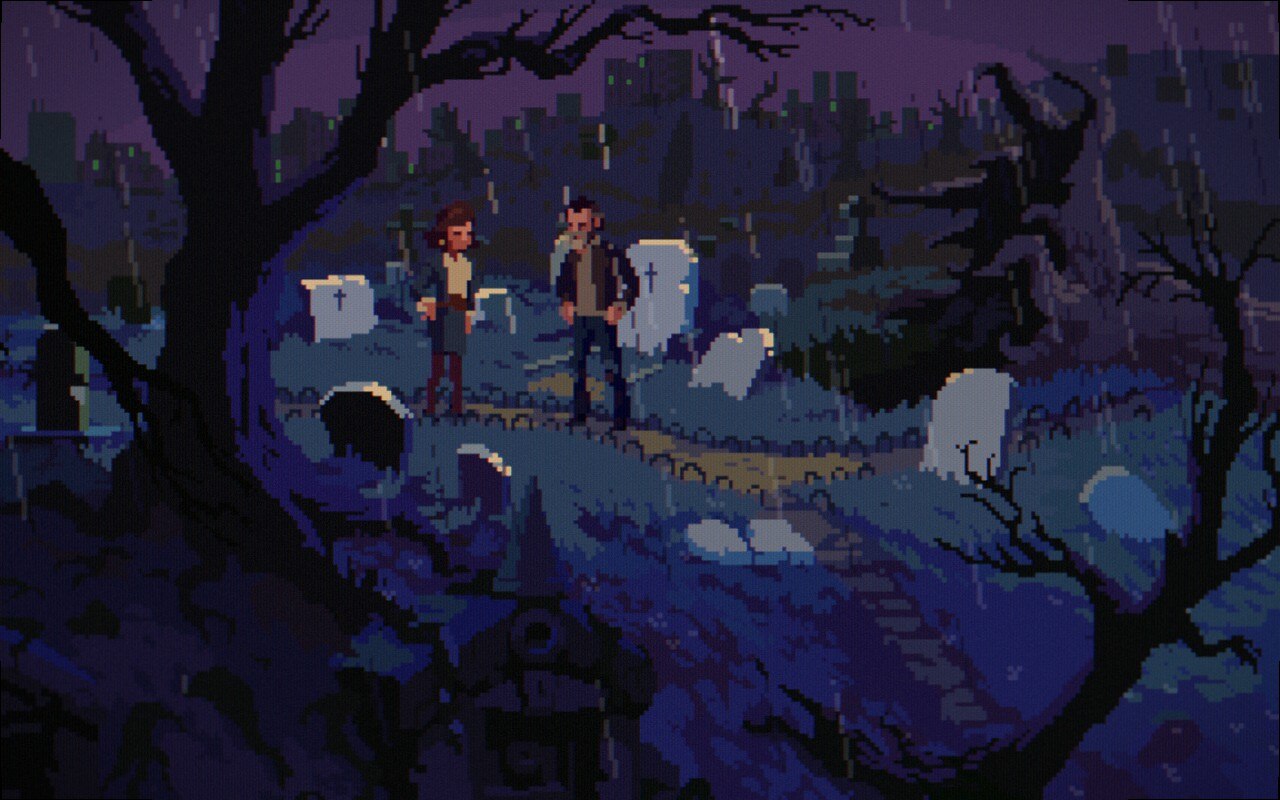Warface hands-on: the silliest name in games conceals a F2P shooter of serious ambition

This preview originally appeared in issue 249 of PC Gamer UK.
There are a few ways of responding to a name as silly as Warface. You could roll your eyes, and declaim it as evidence that the machine that stamps out military first-person shooters in the basement of every major publisher has finally become self-aware.
You could laugh and interpret the nod to Kubrick as a sign that Crytek are approaching the Call of Duty sub-genre in the way Full Metal Jacket took on the Vietnam War. The truth is somewhere in the middle. Warface is a free-to-play multiplayer shooter produced with a clear awareness that modern military shooters are the biggest games in the world. On the other hand, the developers are also conscious of the oversaturated and overserious nature of the genre they're taking on – and one way of responding to that, it turns out, is to call your game Warface.
“We think it's awesome,” executive producer Peter Holzapfel told me when I asked him about the name. “The tone of the game is not serious; it's not geared towards realism. It's a first-person shooter – have fun! It's not completely over-the-top, but it's exaggerated. A bit of humour would be healthy, I would say, for the industry.”

While visiting Crytek's headquarters in Frankfurt, the game was initially demonstrated to me running on a conference room PC – the kind of enterprise computing setup that you wouldn't expect to be capable of handling a shooter of any fidelity. In the absence of dynamic lighting and post-processing effects, it's not a pretty game – but it works, and Crytek's success in cramming the game onto hardware this restricted is an impressive technical feat.
"Fitting Crysis 2 onto a console is now paying dividends for the developer on PC."
“We optimised the hell out of the engine for Crysis 2,” Holzapfel explains. “We took it further for Warface and made it run well on lower system specs – we made it scale with the [game's] other features.”
Warface is a decent-looking game on a more powerful system. Not stunning, but it takes sufficient advantage of CryEngine's lighting tech to stand shoulder-to-shoulder with the majority of full-price shooters. When you bear in mind that the most popular FPS in the world runs on the same basic tech now as it did in 2005, Crytek's decision to set the bar lower with Warface makes sense.
Keep up to date with the most important stories and the best deals, as picked by the PC Gamer team.
There's also an irony in the fact that the efforts undertaken to fit Crysis 2 onto a console is now paying dividends for the developer on PC.

As a competitive shooter, Warface sits somewhere between Counter-Strike and Call of Duty – although the technology underpinning it is flexible enough that larger, Battlefield-style maps are a possibility further down the line. Its offering of modes, levels and weapons tick all the boxes you'd expect in a modern military shooter: free for all, team deathmatch, and an attack-and-defend mode that's a little like a smaller scale version of Battlefield's Rush.
Players move with a lot of weight but bring weapons to bear quickly – this is a game of cautious exploration and sudden action, with a lot of emphasis on positioning and observation. The first map I played in team deathmatch was laid out as an open field with a river on one side, a small area of streets on the other, and each team's spawn behind some buildings at either end. The firefight concentrated around the spawns and streets, with individual players scrapping out in the open for the chance to flank the enemy and clean up.
Later, in free for all, an urban map played very differently – with multiple interior, exterior and elevated routes, I was just as likely to spot an enemy far down the street as I was to suddenly bump into them. Claymores and other deployables helped campers hold on to territory, but I found a varied, exploratory approach more effective. I won, so I'm probably right about that.
Joining in 2011, Chris made his start with PC Gamer turning beautiful trees into magazines, first as a writer and later as deputy editor. Once PCG's reluctant MMO champion , his discovery of Dota 2 in 2012 led him to much darker, stranger places. In 2015, Chris became the editor of PC Gamer Pro, overseeing our online coverage of competitive gaming and esports. He left in 2017, and can be now found making games and recording the Crate & Crowbar podcast.


